Get comfortable with being uncomfortable
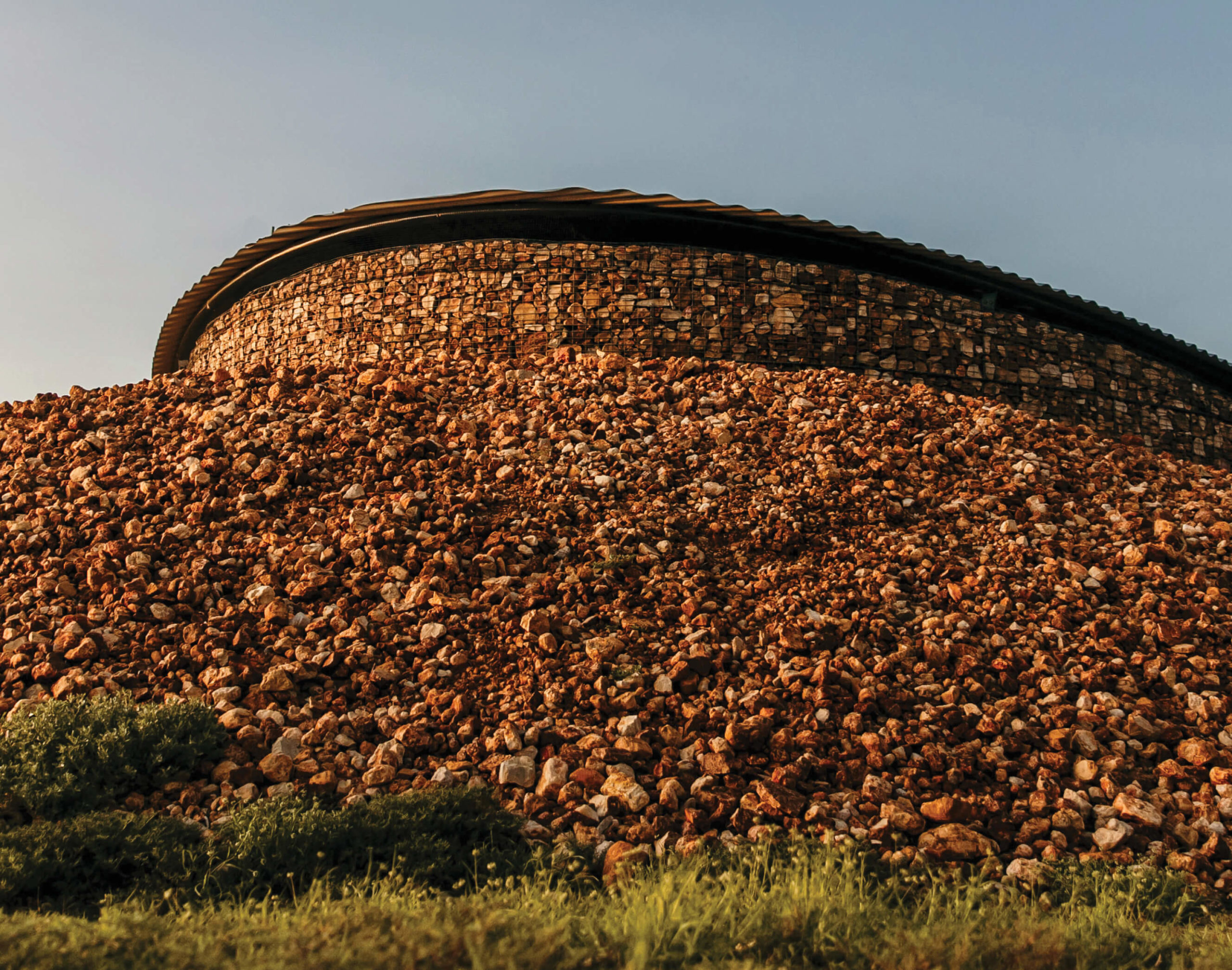
With the demand for their input accelerating, First Nations practitioners find themselves facing a multitude of requests. Georgia Birks asked four professionals about their experiences and how the industry can best support the small but increasing number of Indigenous designers and collaborators.
Revisited: CH2 (2006)
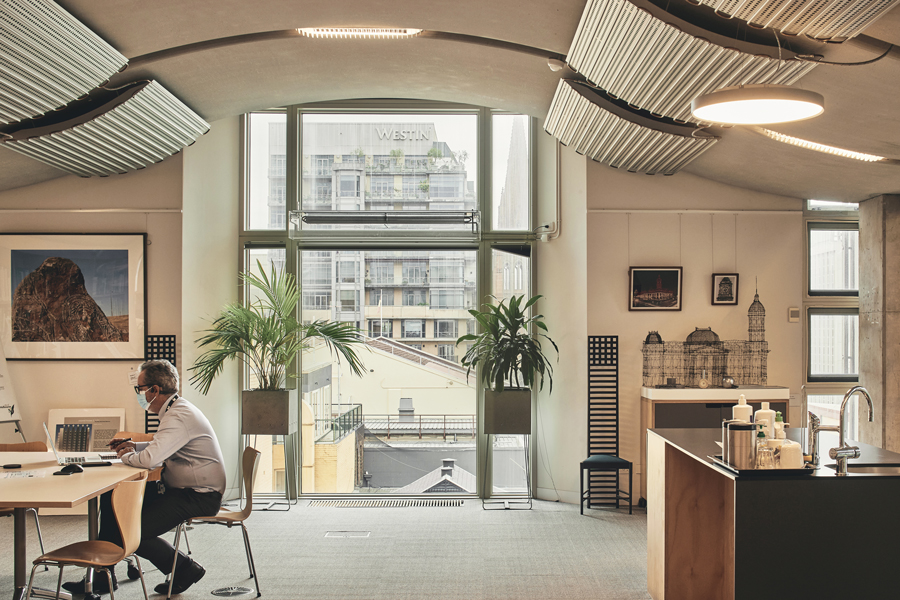
Completed in 2006, Council House 2 (CH2) on Little Collins Street, Melbourne still finds its way onto architects’ precedent boards as one of Australia’s most progressive commercial buildings. A pilot project for the City of Melbourne’s Zero Net Emissions by 2020 strategy, it was the first commercial project awarded a 6-star Green Star rating by the Green Building Council of Australia. As far as “green buildings” go, CH2 could be considered a bit of a celebrity.
Sean Godsell and the complexity of simplicity
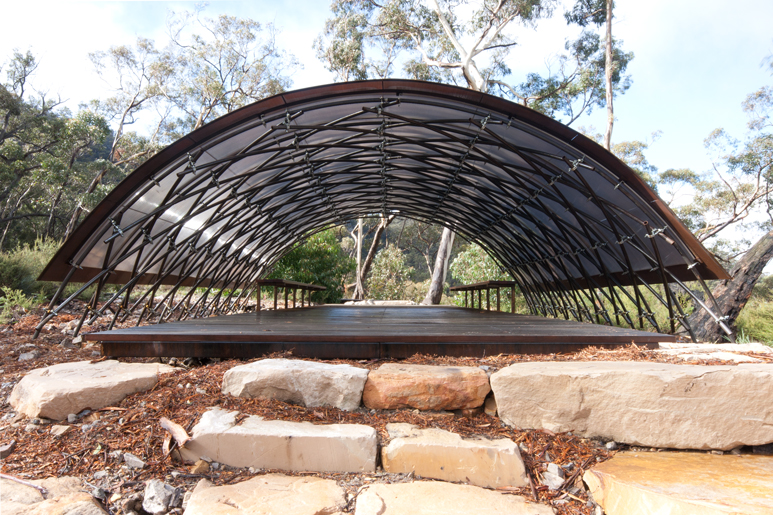
Every now and then, I see aesthetically appealing architectural projects in international professional journals. Much more rarely do I encounter projects that move me deeply, touch my entire being, and make me think about architecture from a new perspective. These rare projects are not only skilled applications of familiar approaches; they convey a deeper understanding of architecture and its human calling.
HOTA Gallery: ARM Architecture
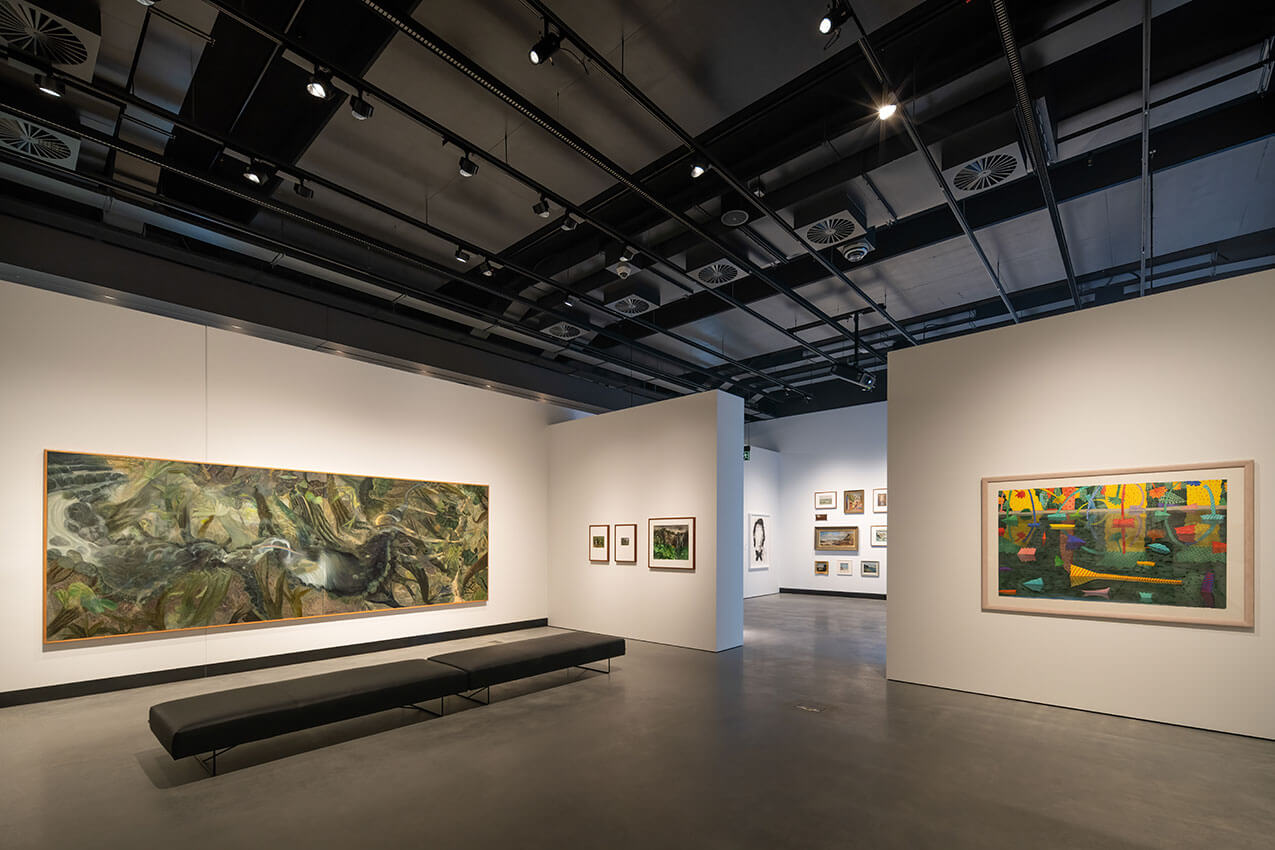
The design for Australia’s largest regional art gallery encompasses convivial interiors to attract a broad audience, while its bold exterior repeats the motif used by ARM in previous structures for the Gold Coast’s cultural precinct.
WAYSS Youth Transition Hub: Bent Architecture

Confusingly, good architecture is not the same as architecture that does good. Good architecture is that which is refined, experimental, impressive, resolved. These are the projects that are published in magazines, discussed in schools and awarded by professional institutes. Good architecture is judged by initiates and peers, but rarely are the opinions of inhabitants, clients or neighbours taken into account.
Indigenizing practice: Country and architectural pedagogy
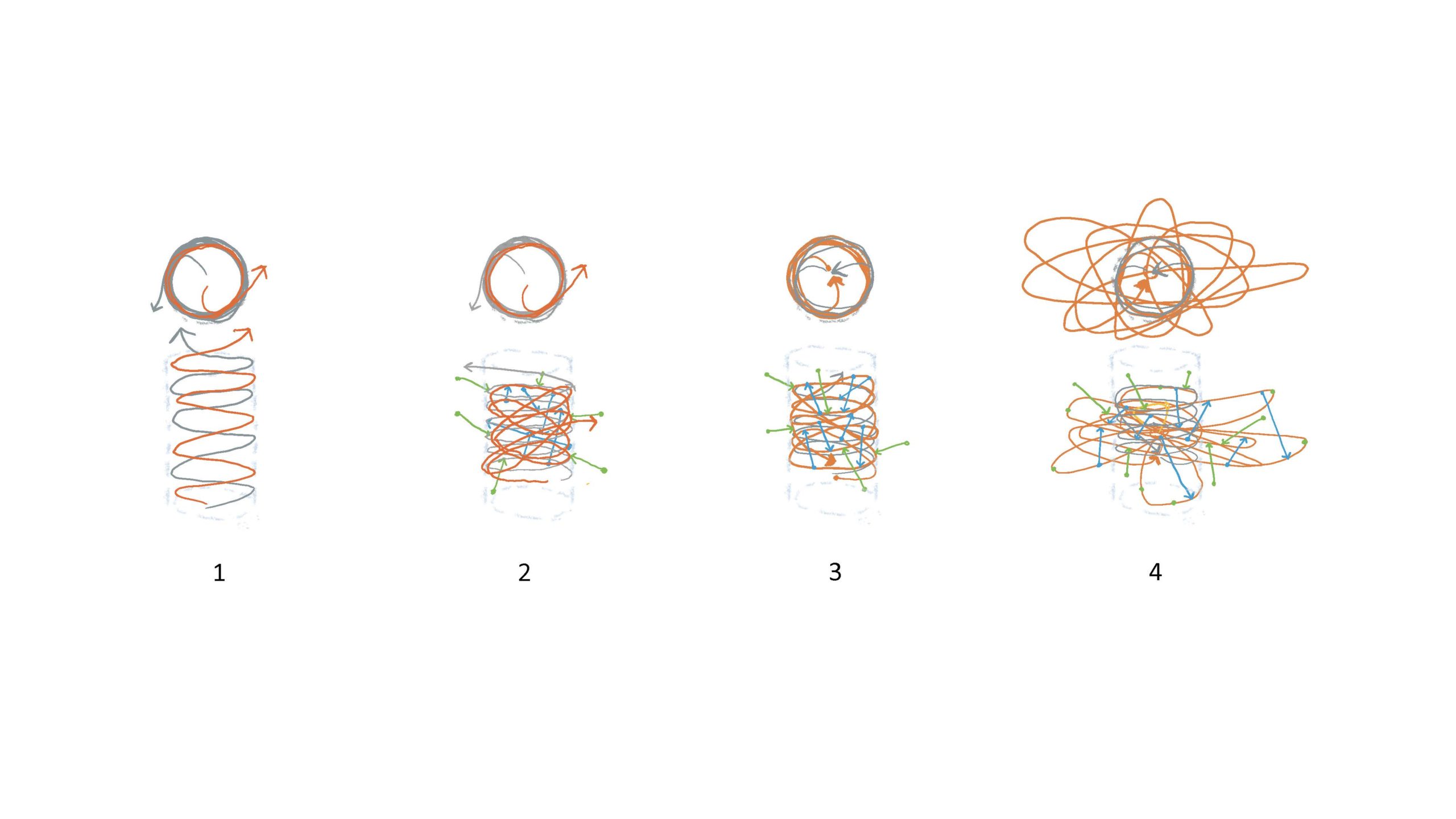
In teaching architecture students at the University of Sydney School of Architecture, Michael Mossman, Associate Dean Indigenous, instils a dynamic design process that is situated within the presence of Country, and in continual dialogue and exchange with it.
Dossier – Climate and biodiversity emergency
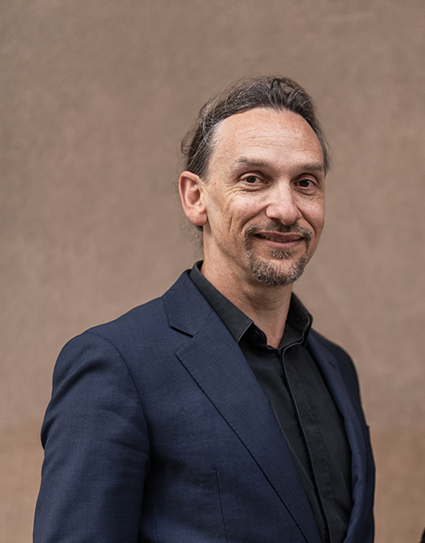
Architects are, to varying degrees, changing their processes and priorities to create more sustainable designs. But it can be difficult to get clients and others on board. Here, members of the profession explain how they are approaching this issue and discuss the best ways to move the industry forward.
All change: Sporting facility upgrades
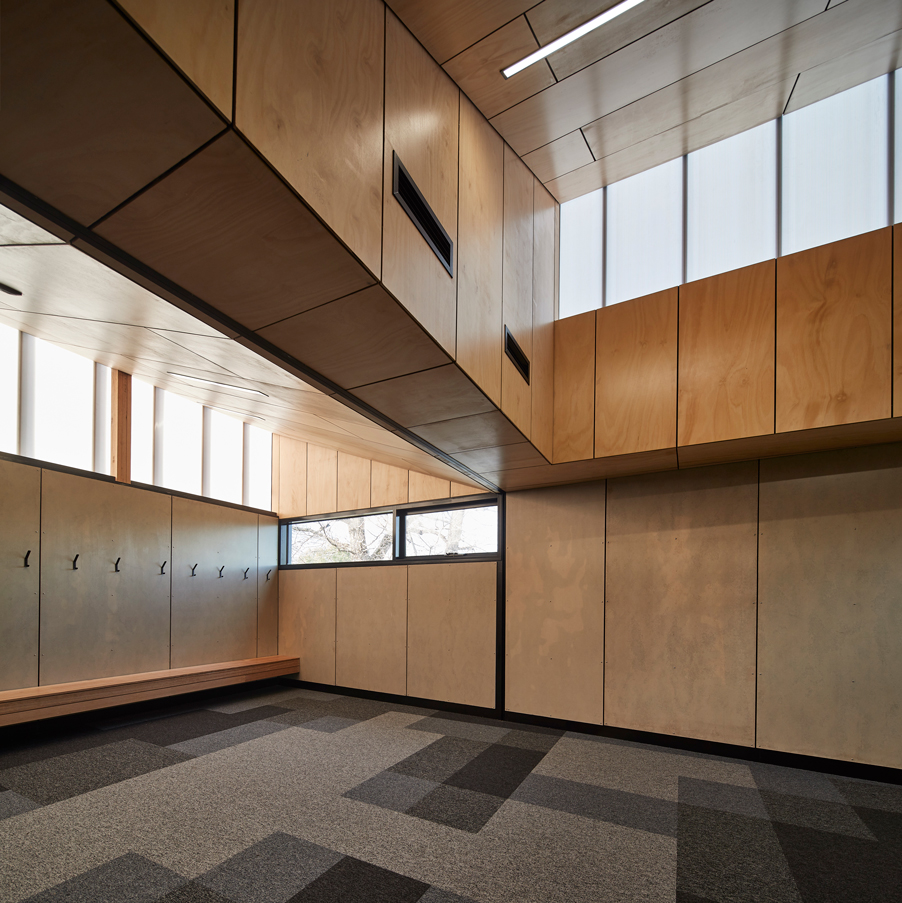
Community football and cricket facilities are no longer occupied primarily by men. Buildings are slowly being upgraded to cate for gender diversity as well as differing cultural and social needs. Alongside the changing rooms, architects need to consider elements including lighting, privacy and siting.
Newcastle East End Stage 1
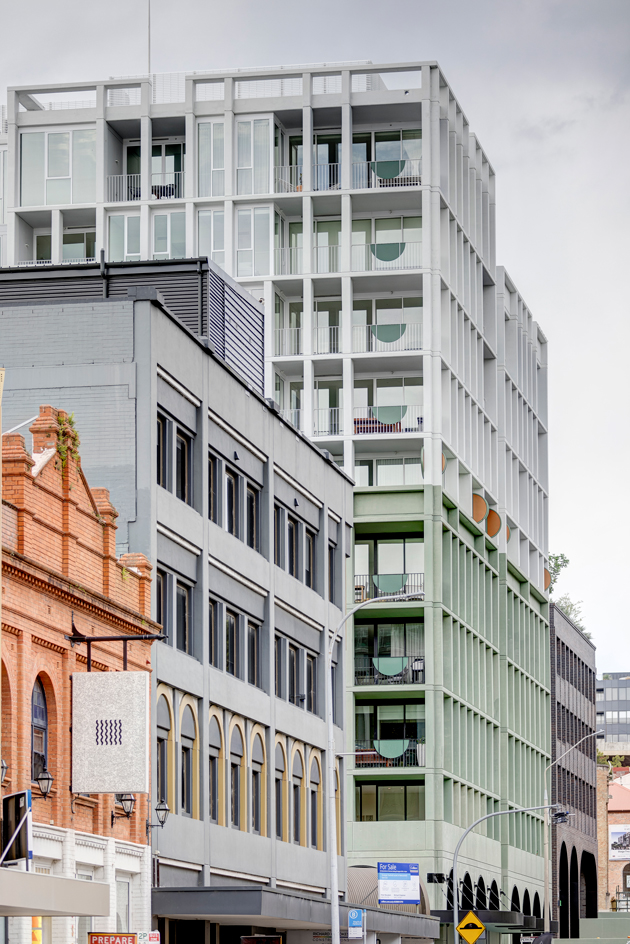
The second state COVID lockdown in 2021 highlighted the key ingredient for me in urban life: sociality. Despite social distancing and mask-wearing, conversations were enjoyed on the street with neighbours. I got to know the barista’s kids and the Irish convenience store attendant learnt my name. While not for everyone, the density of city living fosters a particular type of conviviality among a community of friendly strangers. Lockdown made me reflect on how important these everyday interactions are in my daily life.
